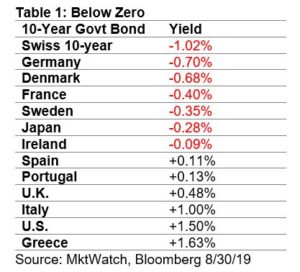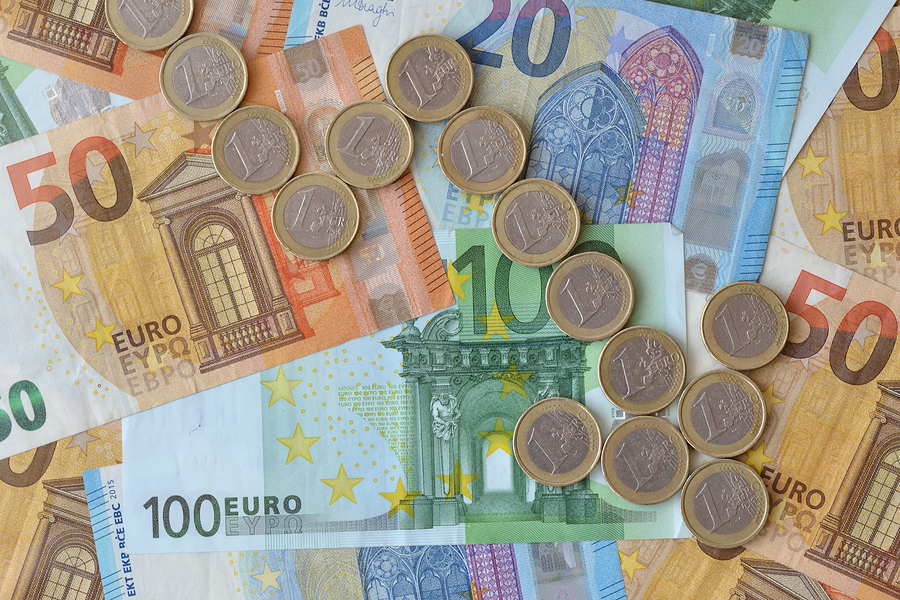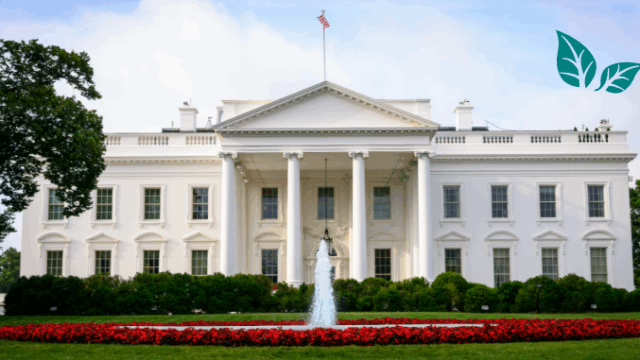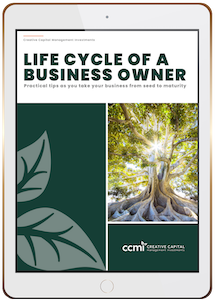We often talk with clients who remember positive double-digit interest rates in the US in the early 1980’s, or even the middle single digit interest rates of the 1990’s or 2000’s. How times have changed!
Not only are interest rates much lower today, we are now seeing negative interest rates in some parts of the world. While we haven’t seen negative rates yet in the US, much of Europe and Japan have below-zero rates on government bonds. According to Bloomberg News, there is over $15 trillion (yes, trillion) in government debt sporting yields of less than zero percent.
When there are negative interest rates, you no longer earn any money by lending cash to the government, i.e., buying government bonds. Instead, you pay the government (or a bank) to hold your cash. We discuss why this is happening below.

Currently, all German government bonds offer yields below zero, while financial service providers like UBS and Credit Suisse are planning to charge a small fee for clients that hold large cash balances according to Bloomberg News.
How can you buy a bond with an interest rate that is below zero?
Let’s say Germany issues a 10-year bond with a face value of 1,000 euros (German currency is denominated in euros). You won’t pay Germany an annual payment as a result of the negative interest rate. Instead, you’ll buy that bond at a price that’s greater than 1,000 euros, say 1,070 euros and when that bond matures, you’ll only receive 1,000 euros back. This creates a loss of 70 euros, or -0.70%, thus creating a negative interest rate on a “risk-free” government bond. It’s a great deal for Germany but it doesn’t seem to make much sense for an investor. But that is today’s new global reality.
Why is this happening?
Today, several factors are contributing to below-zero yields.
- Inflation in Europe is very low, therefore there is little need for higher interest rates to curb inflation.
- Growth has been substandard in Europe for much of the decade. Global trade tensions are adding to the uncertainty, and Europe may be headed toward another recession. In theory, negative rates are a way to stimulate growth.
- The European Central Bank has been much more accommodative than the Federal Reserve. The ECB cut rates again this month, which pushed rates further into negative territory and they established a quantitative easing program.
- There’s too much cash moving around the globe that can’t find a home in viable industrial projects. So, it finds a home in creditworthy government bonds. Having negative rates influences investors to seek risk rather than safety.
In summary, these factors demonstrate that governments are trying to keep people and institutions from saving cash. The negative interest rate is a way to incentivize banks to make loans during a period when they would rather hang on to funds, and for savers to spend rather than keep their money in the bank.
Why should I care since I live in the US?
First, what happens around the globe can affect investors at home.
Below-zero yields in major countries can encourage foreign investors to seek out positive returns in other nations, including in US Treasuries. Since yields and bond prices move in opposite directions, an influx of foreign cash pushes US bond prices up and lowers yields.
It’s one reason why the yield on the 30-year Treasury fell to a record low of 1.94% on August 28 (U.S. Treasury Dept.), and the benchmark 10-year Treasury fell to a yield of less than 1.50% on the same day.
Finally, the Federal Reserve reversed course earlier this summer with an interest rate cut of 25 basis points (0.25%) to a target of 2.25%. With a slowing economy and pressures from the current presidential administration, the Fed could potentially cut rates to 0% again or even further this time thus pushing us into negative territory. We don’t believe we will see negative rates in the US, but we acknowledge there is always a possibility of it in the future should economic conditions change.
Clearly, it’s a far cry from the high interest rates you may remember from years past.
Can investors still make money in a negative rate environment?
If you buy a bond with a negative interest rate in its home currency and hold it to maturity, then you would not make any money as an investor. However, there are ways investors can still make money in this environment, but it involves using foreign currencies which may change in value relative to the home currency and/or interest rates going more negative, which would create price appreciation in the bond. So, for some investors it may make sense if you are willing to take these risks, but many investors will want to avoid these types of bonds.
Bottom line
Negative interest rates are a tool used by a government to stimulate the economy. This can be seen as a glass half full or a glass half empty situation. On one hand, the reduction in rates helps to increase the circulation of money by incentivizing citizens of that country or banking system to spend rather than save, thus stimulating the economy. On the other hand, a reduction in rates normally happens when there are serious concerns with the growth of an economy. Only time will tell whether the negative rate experiment will work in driving growth.
Additional Information
Here is a video from the Wall Street Journal that provides more information that may be helpful in understanding negative yields.
If you have questions about the bonds in your portfolio, give CCMI a call.
CCMI provides personalized fee-only financial planning and investment management services to business owners, professionals, individuals and families in San Diego and throughout the country. CCMI has a team of CERTIFIED FINANCIAL PLANNERTM professionals who act as fiduciaries, which means our clients’ interests always come first.
How can we help you?






